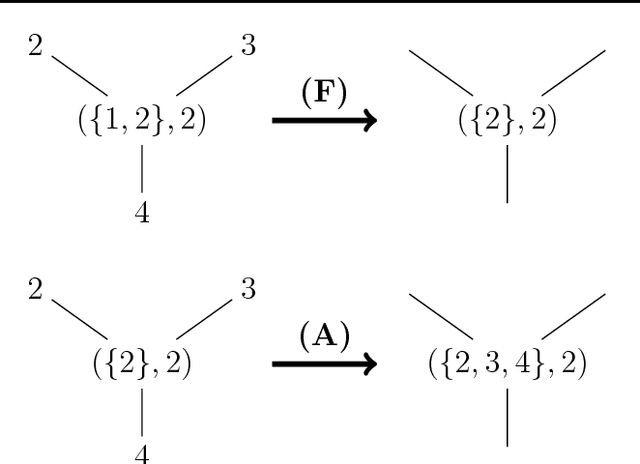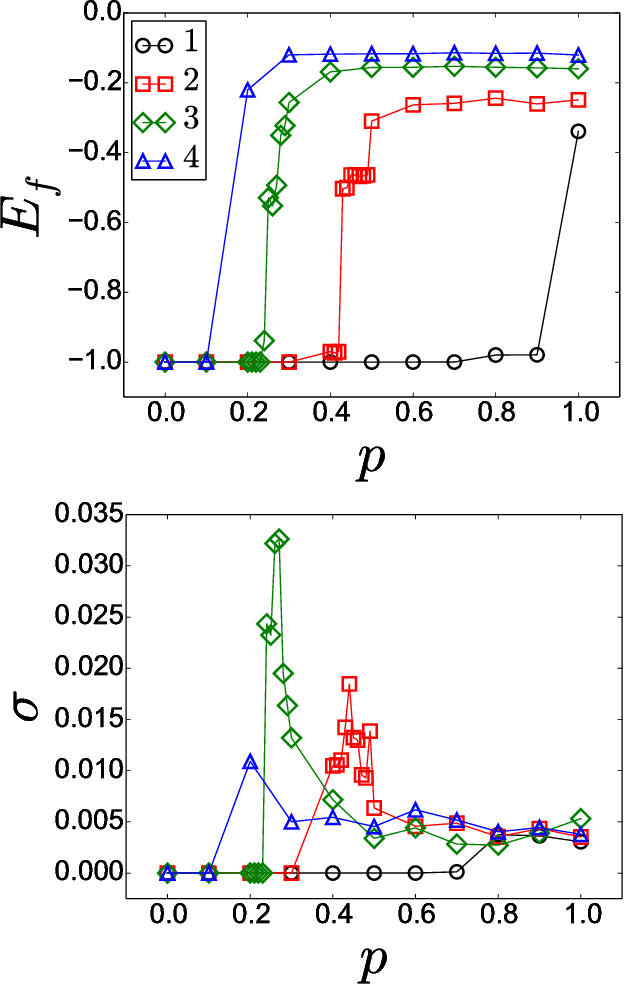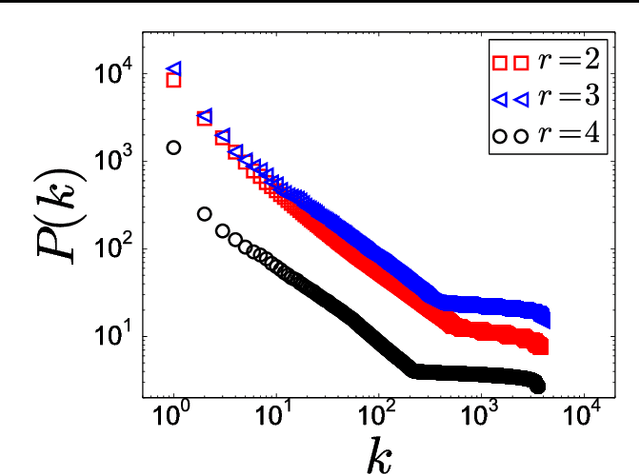Automata networks for memory loss effects in the formation of linguistic conventions
Paper and Code
Oct 08, 2015


This work attempts to give new theoretical insights to the absence of intermediate stages in the evolution of language. In particular, it is developed an automata networks approach to a crucial question: how a population of language users can reach agreement on a linguistic convention? To describe the appearance of sharp transitions in the self-organization of language, it is adopted an extremely simple model of (working) memory. At each time step, language users simply loss part of their word-memories. Through computer simulations of low-dimensional lattices, it appear sharp transitions at critical values that depend on the size of the vicinities of the individuals.
* 5 pages, 4 figures
 Add to Chrome
Add to Chrome Add to Firefox
Add to Firefox Add to Edge
Add to Edge